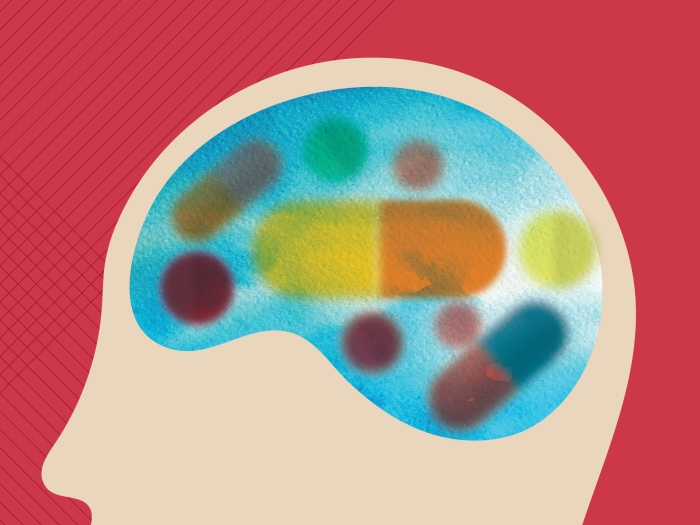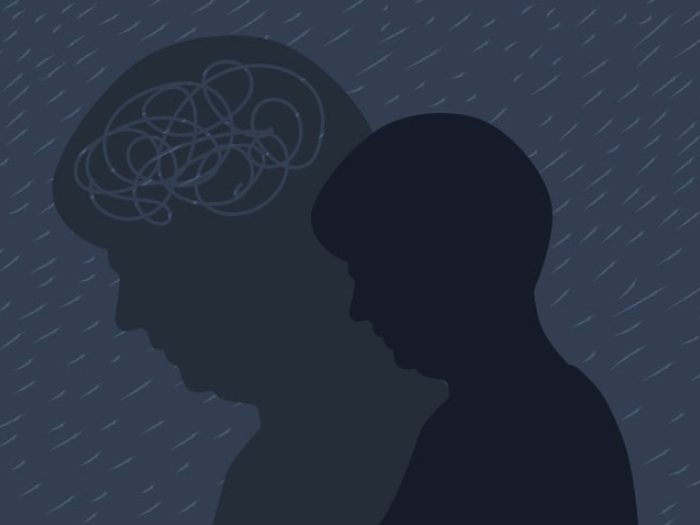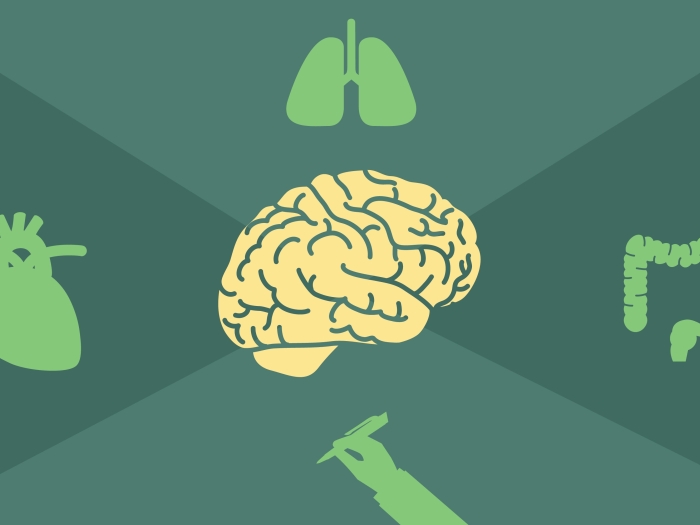How a concentrated therapy program uses a team approach to easing movement and speech symptoms in people with PD.
7:00 AM
Author |

If you have movement or speech problems because of Parkinson's disease, a specialized therapy program can help.
LSVT BIG and LOUD® therapy was developed for people with Parkinson's disease. It also can be used for people who have other neurological conditions. LSVT programs are administered in an intensive manner — four times per week for four weeks — and are tailored to each patient.
The emphasis is on exaggerated activity to compensate for PD's movement and speech symptoms. For movement issues, therapists ask patients to move in BIG or amplified ways, whether they're walking, buttoning shirts and pants, getting keys or change out of pockets, or writing. For speech, the focus is on a single goal: LOUD speaking. Activities may include sustaining a vowel sound such as "ah," oral reading and speaking activities that increase in complexity (word and paragraph length).
"The majority of PD patients I send for therapy find it to be extremely helpful," says Kelvin L. Chou, M.D., professor of neurology and neurosurgery at Michigan Medicine and co-director of the STIM (Surgical Therapies Improving Movement) Program.
How LSVT works
Michigan Medicine physical therapist Krysten Salla says LSVT BIG trains people with Parkinson's to exaggerate their physical movements so movements that feel "too big" to them appear normal. Certified PTs, such as Salla, and occupational therapists use specific techniques to improve bradykinesia (slow movement), hypokenesia (small movement) and kinesthetic awareness (sensory deficits). Salla notes that LSVT does not treat dyskinesia (involuntary muscle movement).
With the program, patients need to tolerate one to two hours of activity per day, four days per week, for four weeks. "The patients who tend to benefit most from BIG therapy are those who report some difficulty getting out of a bed or chair," Chou says.
"Speech-language pathologists who use the LSVT LOUD program target the specific speech problems related to Parkinson's disease, such as softness and difficulty forming sounds clearly," says speech-language pathologist Jen Gostlin. Patients are trained to increase healthy speech loudness during 16 one-hour sessions over four weeks.
"The patients who benefit the most from LOUD therapy are those who report being asked to repeat statements twice," says Chou.
LSVT therapy benefits
Patients usually report significant improvements in their quality of life. Salla says LSVT BIG patients typically notice improvements in walking, getting in and out of chairs, and rolling in bed as well as overall flexibility, balance, strength and endurance. Because the program is specific to individual patients and their needs, results are based on personal goals.
As for whom it can help, Salla says, "the people with Parkinson's disease who benefit the most from LSVT BIG therapy are early on in their diagnosis or have minimal to moderate functional deficits."
People who are having some difficulties but are still able to walk and get in and out of bed with little or no assistance can greatly benefit. The program requires cognitive effort to change habits and reprogram the brain to make bigger, more efficient movements, so patients who have little to no cognitive problems are the most successful.
Gostlin reports that LSVT LOUD patients can notice improvements in speech volume, voice quality, disordered rate and articulation, facial expression and intelligibility.
She notes that the best candidates for LSVT LOUD therapy are at the early stage of diagnosis, have higher levels of cognitive ability and are motivated to complete daily home exercises.
Keys to success
Essential components of both LSVT BIG and LSVT LOUD are follow-through, practice and carryover to home. Patients are asked to incorporate the BIG and LOUD principles and strategies into their everyday lives for greatest success to improve their quality of life.
"It's important to remember that those who get the most out of the program are those who practice the exercises they learn in class at home," says Chou. "Those who continue their exercises after the program is over will maintain the benefit, while those who do not continue their exercises will eventually lose the benefit."
Assistance at U-M MedRehab
University of Michigan Briarwood MedRehab in Ann Arbor offers both types of LSVT therapy. Prospective patients need to obtain a referral from their physician. Patients may also benefit from completing both the BIG and LOUD programs together if indicated. Referrals should specify LSVT and Briarwood MedRehab.
A multidisciplinary team of clinicians (physical therapist, occupational therapist and speech-language pathologist) will determine if the patient is appropriate for the program. At the end of the program, MedRehab offers a group class one or two times a week; this is a private-pay option.
On the LSVT Global website, you can search for an LSTV clinician in your area.

Explore a variety of health care news & stories by visiting the Health Lab home page for more articles.

Department of Communication at Michigan Medicine
Want top health & research news weekly? Sign up for Health Lab’s newsletters today!





